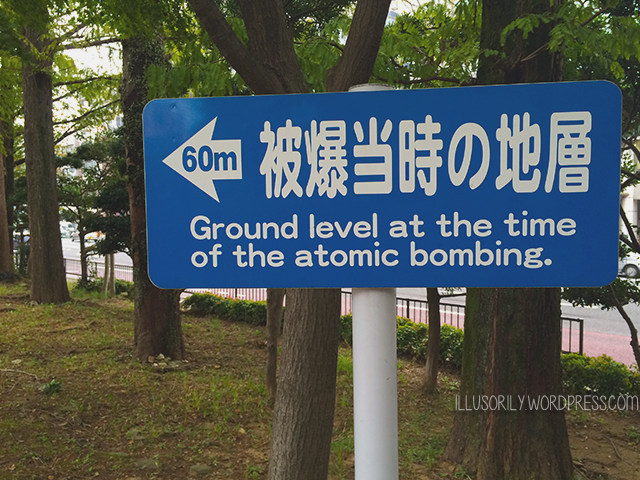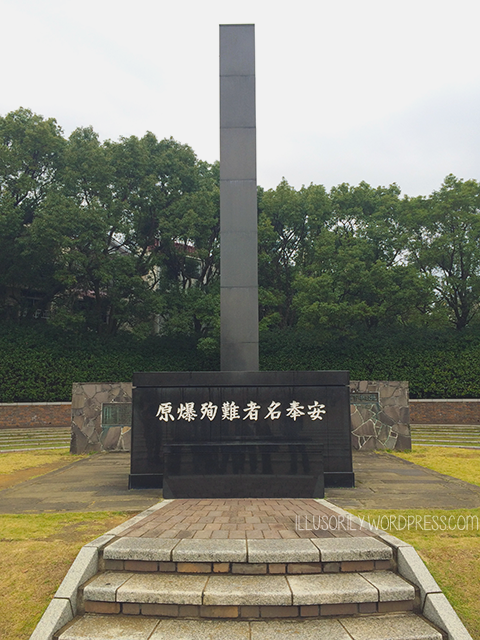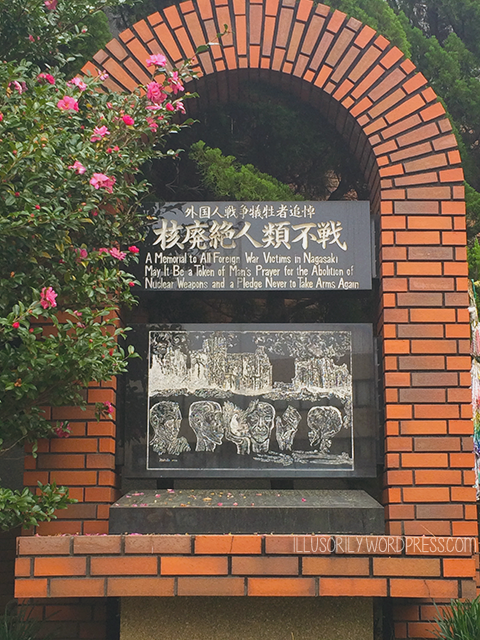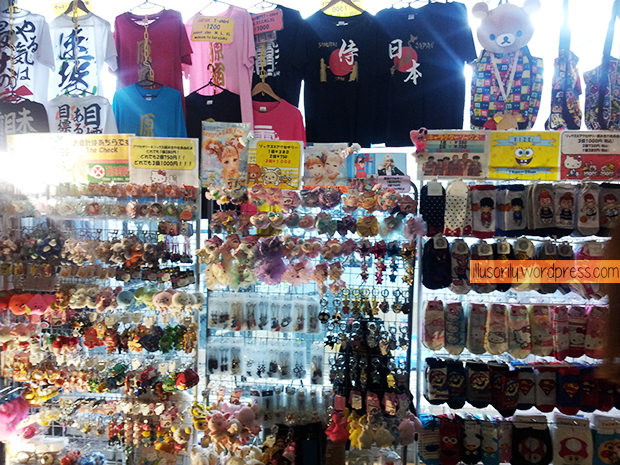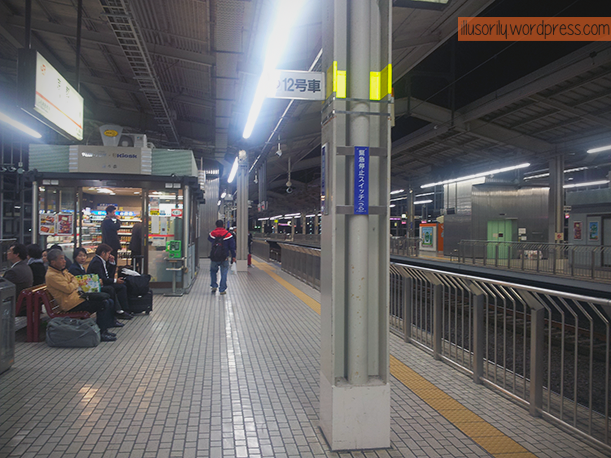Nagasaki commemorated the 70th year of the atomic bomb dropping last August 9, 2015. The day before, my grade school students at the cram school where I teach English asked me if I knew what day was the next day.
“Sunday?”
They were all appalled. “You don’t know?!” one practically yelled, aghast. “Tomorrow is a very important day for Nagasaki! Everyone should know about it!”
I must admit I felt ashamed at the earnestness reflecting on their little faces, and assured them that yes, I know about the atomic bomb although it had admittedly slipped my mind.
August means summer vacation here in Japan, but for the entire prefecture of Nagasaki, high school students (presumably grade school as well) have compulsory classes on August 9 despite being in the middle of vacation in order to learn, again and again, about that fateful day.
I got the chance to go to the Nagasaki Peace Park last November 8, 2014, with the rest of the international students at my school as part of a Nagasaki-wide universities and colleges conference which started at Nagasaki University about world peace. Given that they placed heavy importance in conveying the gravity of why atomic bombings must never happen again, pamphlets in English, Chinese and Korean were handed out, and an interpreter conscientiously translated each sentence of the guest speaker.
This guest speaker had been a boy of around 8-10 years old at the time of the bombing. Unfortunately, I cannot recall his name. He recalls the day being extremely hot and felt just like any other day, save for the increased caution everyone exercised because of bombing warnings. He and his friends had made plans to play by the river. By some stroke of luck – or perhaps saying fate would be more fitting – his mother had insisted he stay at home to finish his homework for the summer.
Then the bomb struck.
What became of his friends, he says, he has no idea. He never saw them again.
After that very moving seminar, we were split into groups based on which language we want our tour guide to speak. I went with the English one because I wanted to be able to absorb every detail as much as possible.

Our tour started at the Peace Memorial Statue. At first glance, one might instantly wonder why its pose is as such. As it turns out, there was an explanation for it: the closed eyes symbolize prayer for the souls of the victims while the hand pointing upwards symbolizes the atomic bomb from above. The extended left hand is for peace, the folded right leg symbolizes meditation and the upright left leg symbolizes that the survivors can and will rise again.
These statues are found all throughout the park as you walk along. They come from different countries, each symbolizing their own interpretation of peace.
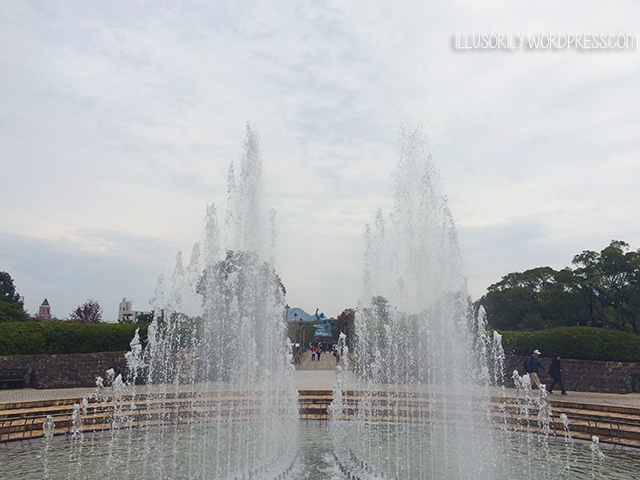
Water is another very important symbol which plays into the bombing at the time. When the bomb exploded, the victims were said to have felt an unquenchable thirst as their bodies burned.
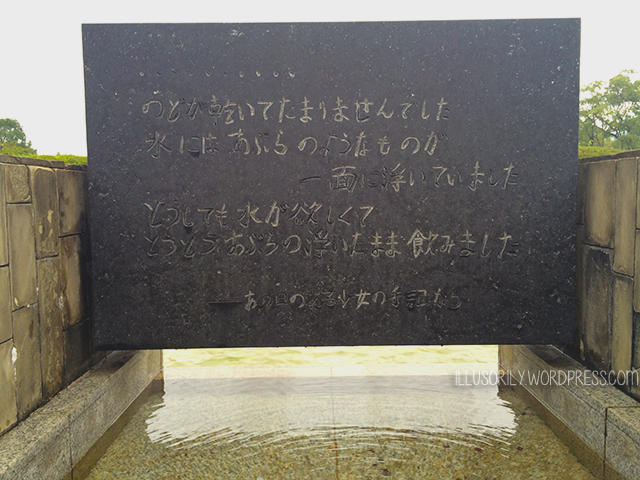
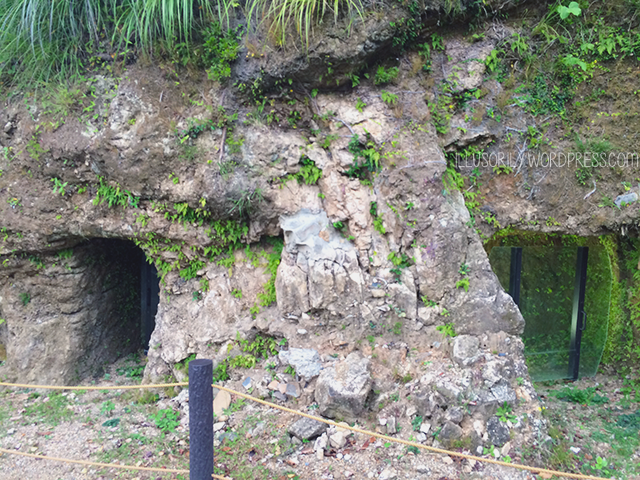
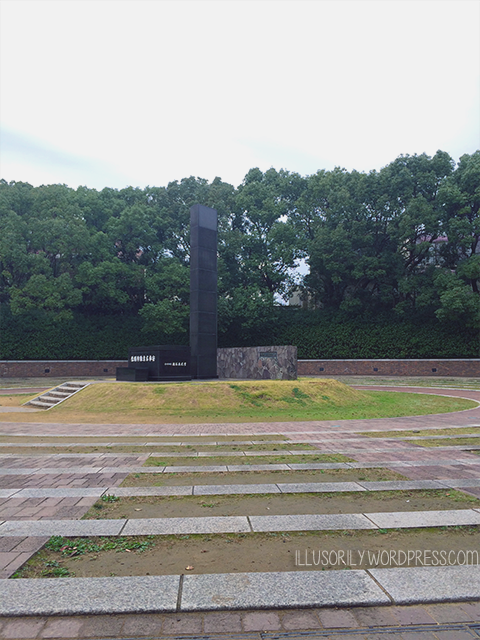
My friend Tammy notes in her own post about the Peace Park (check out her post and the rest of her blog here) that it was interesting how quiet it was here at the place where the bomb had been dropped and exploded despite being close to the main road. I would have to agree as I remember thinking the same thing. There were a lot of tourists and the students I was with when I came, but there was something about the area that demanded silence.
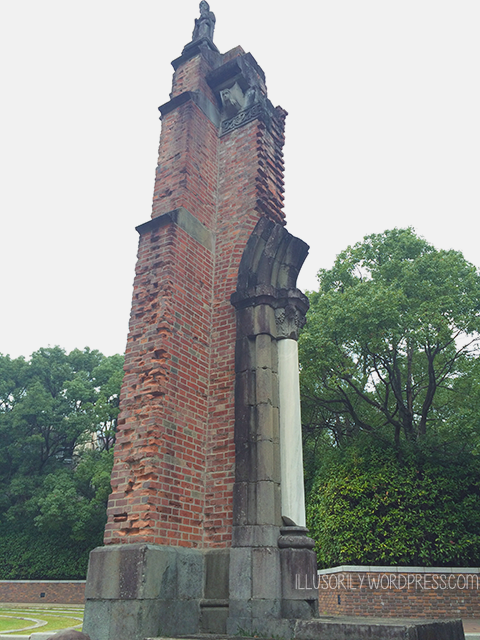
This is actual ruins of the Urakami Cathedral in its actual location. The building itself has since been restored and is now located in another place.



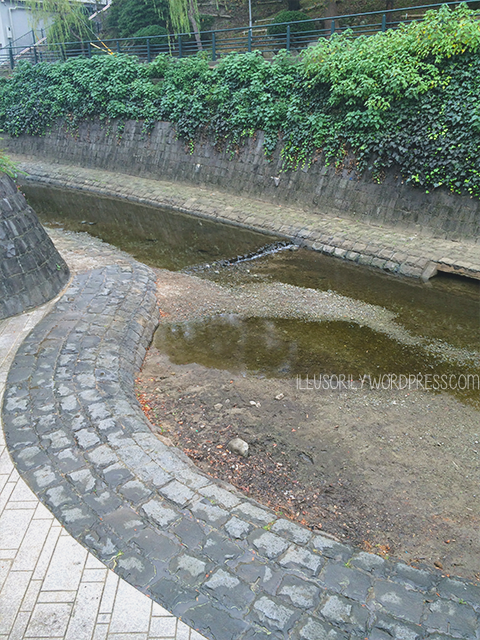
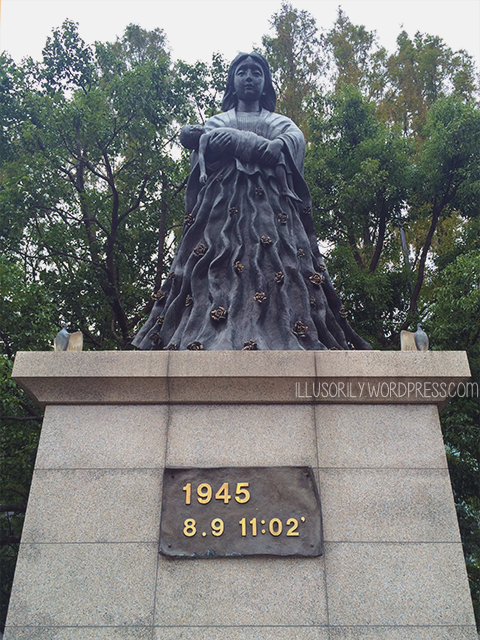
It was interesting to realize that the victims of the atomic bomb were not only Japanese people but foreigners as well. As Nagasaki was a known trading port, it was also ultimately the landing point for foreigners who had committed crimes, as well as prisoners of war.
Later in class, we were asked to write and deliver short speeches about our thoughts about the war, especially since the countries where us international students come from (Philippines, Korea, Vietnam, Myanmar) were once conquered by Japan. I said that while it was indeed true that the Philippines once suffered under the Japanese regime, ultimately everyone in the war is a victim – including the winning side. And the ones who suffer the most are the ones who aren’t even fighting.
Going to Nagasaki Peace Park
– from Nagasaki Station: ride trams number 1 (blue) or 3 (red) headed for Akasako and get off at Matsuyamamachi Station.
* all tram rides cost ¥120 regardless of distance
For more information about Nagasaki and the rest of Kyushu Island, check out DISCOVERY JAPAN.
Enjoy a different world from Tokyo and Osaka.




